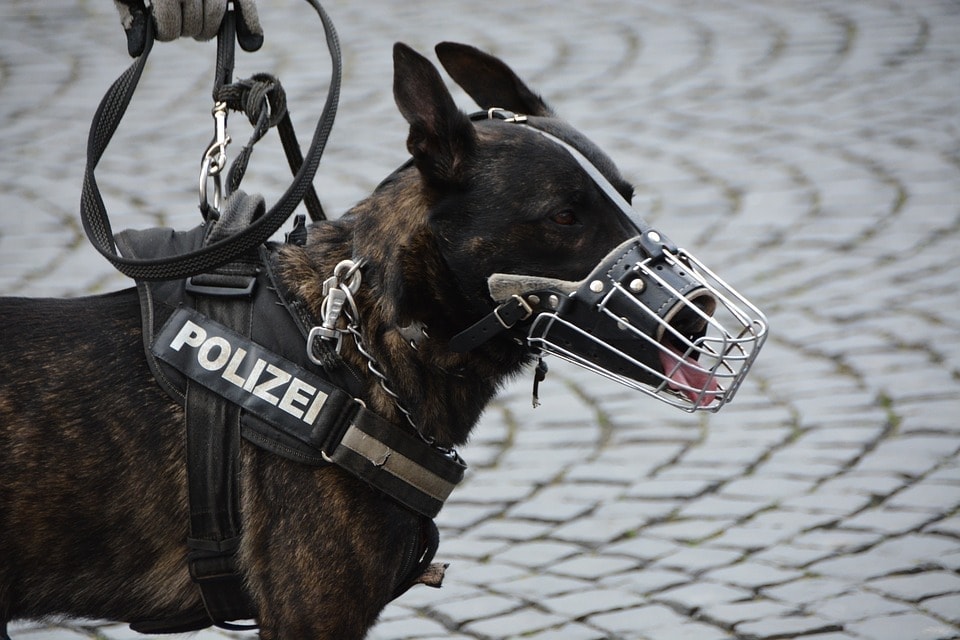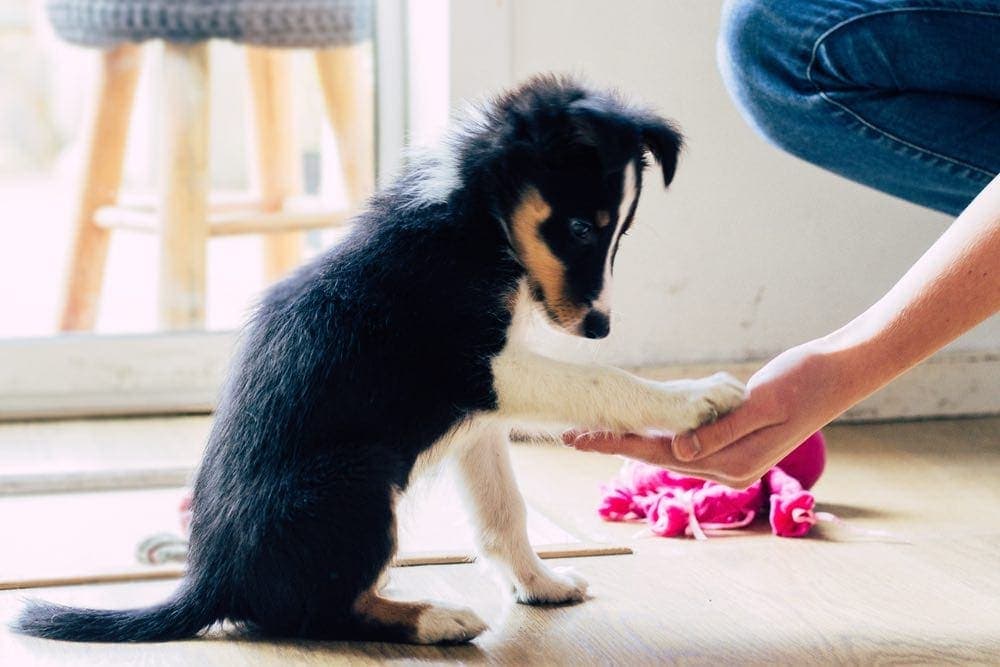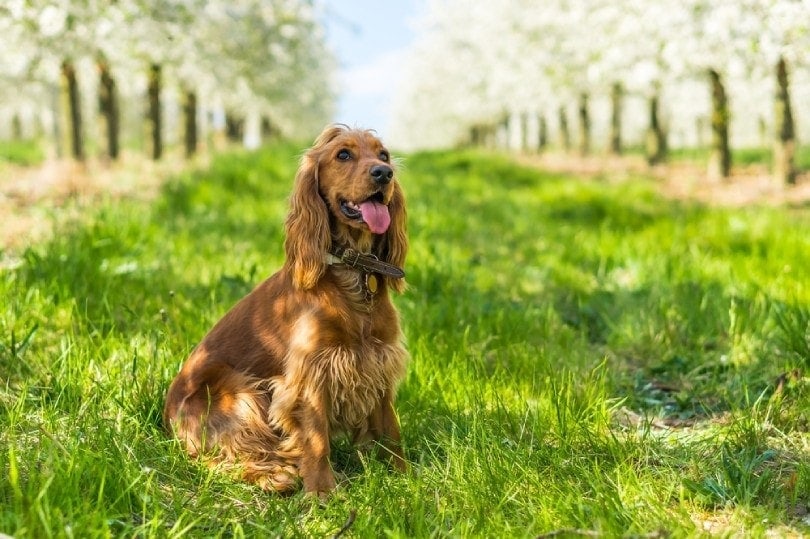Police dog units, also often referred to as K9 units, are an important and highly specialized part of most medium to large police departments. Made up of specially trained dogs and staffed by highly skilled police dog handlers, K9 units carry out a variety of important policing tasks in support of their agency.
Just as it takes a special police officer to become a police dog handler, it also takes a special dog to become a police dog, and very few dogs are suitable for the work. Some breeds are certainly better than others, yet even within the most popular police dog breeds, not all dogs can make the grade, which is why most police agencies use dogs bred and raised specifically to do police work.
While some police agencies have the resources to run their own breeding and training programs, others find it simpler to purchase dogs that have already gone through a rigorous training program. These dogs can be sourced domestically from larger agencies that operate breeding programs or purchased from skilled civilian dog trainers. However, other police agencies choose to import their dogs from specialized and internationally renowned police dog training agencies in Europe.
Imported police dogs are expensive, but they arrive in the country already trained and ready for work. Interestingly, it is this practice of importing police dogs that has given rise to a popular misconception that police dogs learn commands in other languages so only the handler can give the dog an “attack” command. In truth, these European dogs have just been trained using the language of the country that they came from, and it is much easier for an American handler to learn a couple of words of Dutch, Hungarian, or German than it is to retrain the dog in English.
Regardless of where they come from, some breeds make much better police dogs than others. So, when it comes to selecting police dogs, which dog breeds are best suited to a life walking the beat as a member of the thin blue line?
1. German Shepherd
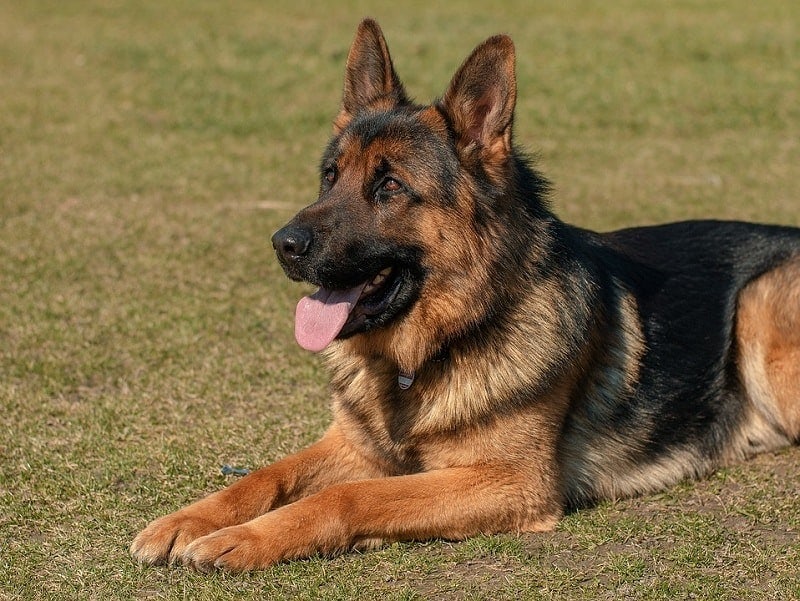
The German Shepherd is by far the most popular dog that is employed by police agencies across the country. These fearless dogs are highly intelligent, easily trained, and suitable for several different police tasks, from tracking criminals, sniffing out drugs, helping out on search-and-rescue tasks, and apprehending armed offenders.
German Shepherds are not only brave and smart, but they’re also strong, fast, and loyal dogs that have the innate constant drive to play that the role requires. Now, it may sound strange to suggest that a strong play drive is an important trait for a police dog. Yet, in reality, many of the tasks that dogs perform for police, including tracking offenders or sniffing out drugs, are seen by dogs as fun games.
2. Labrador Retriever
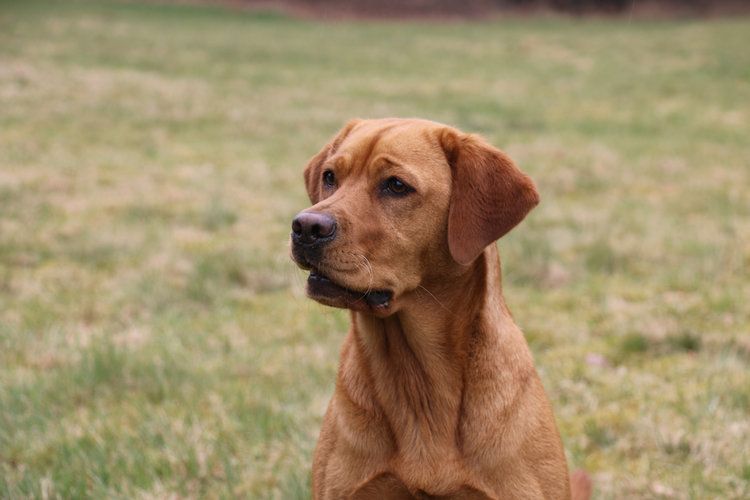
Labradors are one of the most common dog breeds used by police agencies in the United States.
Originally bred and developed as gun dogs, Labradors are hardy and intelligent animals that can seemingly do everything, so it is no surprise that they excel at police work.
Usually trained as narcotics or explosives detection dogs, Labradors are also sometimes used for search and rescue.
As popular family pets, Labradors are generally seen to be non-threatening dogs, and this makes them perfect for working in places like airports and train stations where police can use them as the patrol to check for narcotics or weapons without generating fear in the general public.
3. Belgian Malinois
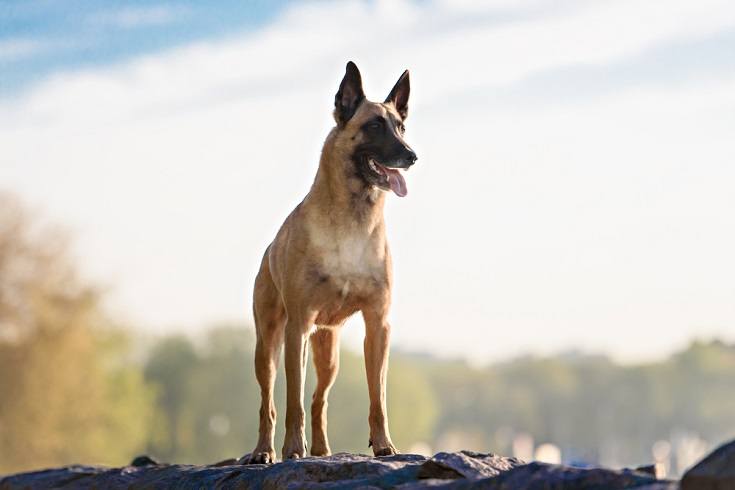
The Belgian Malinois is a type of Belgian Shepherd that at first glance, looks similar to their close relative, the German Shepherd. Slightly smaller than a German Shepherd, Belgian Malinois are known for their exceptionally quick reaction time, strong protection instinct, loyalty, and their intelligence, which are all traits that make them one of the most popular dogs breeds for policing.
Typically, police use Belgian Malinois as general-purpose dogs, a role in which they’re often required to track, find, take down, and apprehend criminals that have fled a crime scene on foot. However, they are also rising in popularity as narcotics or bomb-search dogs, and they may soon outnumber the number of German Shepherds trained for these tasks.
4. Boxers
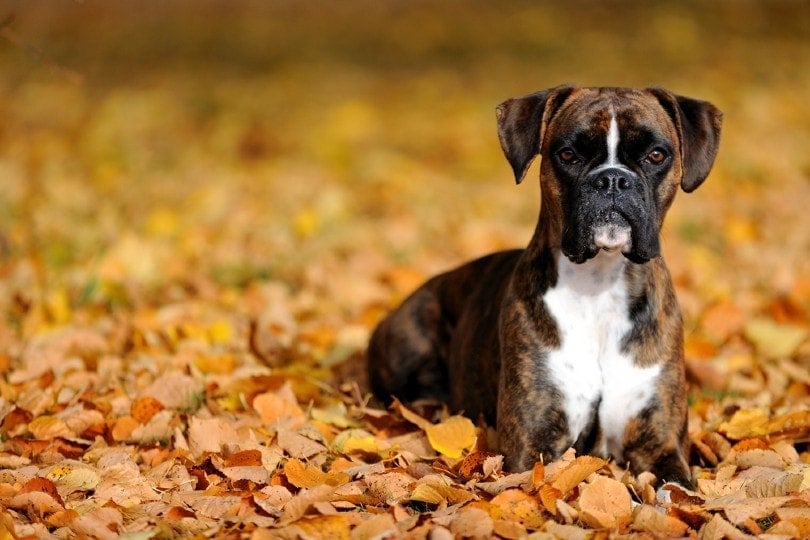
Boxers have a long history as working dogs and served alongside U.S. troops in both world wars as guard and patrol dogs and have since become a popular breed of police dog in many countries.
Boxers are intelligent, stable, and friendly dogs that respond well to training and are well suited to police work. In Germany and several other European countries, the breed is used extensively for policing, but they’ve not popular with American police agencies, and it is rare to see them working as police dogs in the U.S.
5. Bloodhound
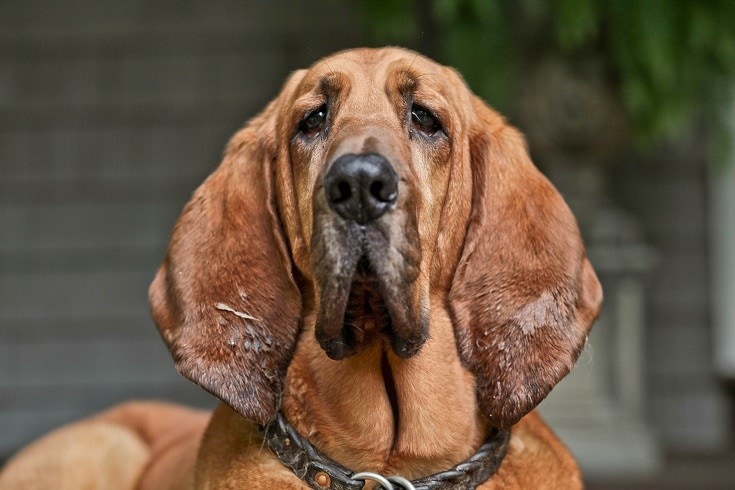
Bloodhounds are popular police dogs in the United States and were one of the first breeds to be regularly employed and trained specifically for this role.
Bloodhounds are large, powerful dogs with exceptional tracking abilities, and a good bloodhound can track somebody for days or even weeks after they have passed through an area. Like the Labrador Retriever, Bloodhounds were bred originally as hunting dogs, and the same traits that made them successful in that role also make them fantastic police K9s.
While Bloodhounds can be used to track criminals or escape convicts, it is in searching for missing people, particularly children, that they come into their own. Despite being big dogs, Bloodhounds are a non-threatening breed that isn’t aggressive and is known to be gentle and loving with children. These traits ensure they don’t become overexcited after a long track and inadvertently bite the missing child when they find them.
6. American Pit Bull Terrier
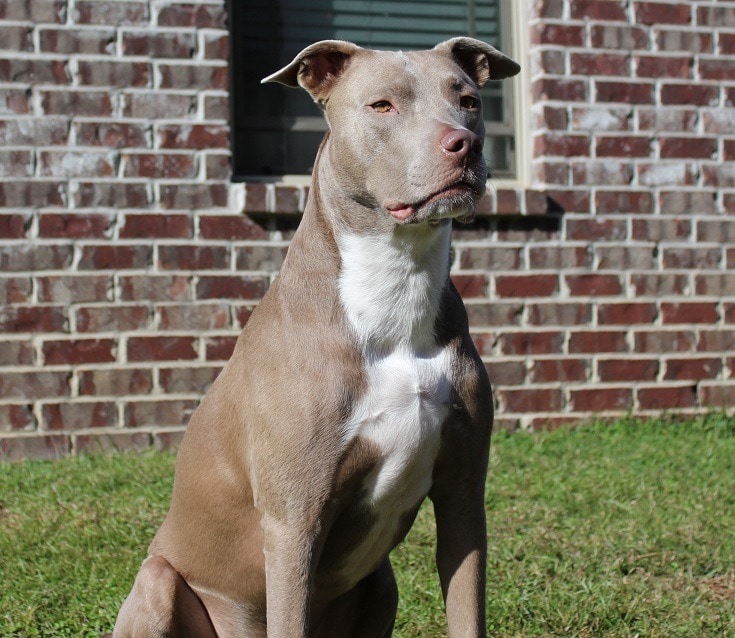
Despite the negative stigma attached to the American Pit Bull Terrier, many U.S. police agencies have over the past few years been using American Pit Bulls as detector dogs. The reason for this is simple: price. A fully trained imported German Shepherd can cost as much as $20,000 for a single dog, whereas rescued Pit Bulls are extremely cheap. Thanks to a grant program run by police Universal K9, police agencies can have rescued Pit Bulls trained as single-purpose narcotics or explosive tracking dogs, free of charge.
This is a fantastic initiative that not only provides communities in the United States with a K9 resource that their local police may not otherwise have been able to afford, but it also helps reduce the number of abandoned American Pit Bulls that destroyed or end up spending their lives languishing in animal shelters.
7. Beagle
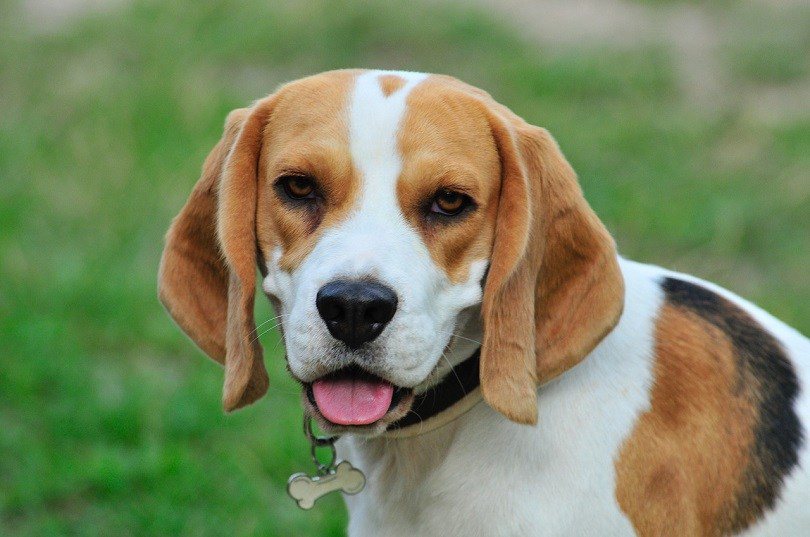
When it comes to mixing with crowds at an airport or train station, climbing all over luggage, and finding even the smallest traces of narcotics, explosives, or other contraband, few police dogs come close to the effectiveness of a Beagle.
With their nose close to the ground, these little dogs are always sniffing, and their ability to be lifted onto conveyor belts or into bus or aircraft baggage holds makes the Beagle an invaluable weapon in any law enforcement agency’s effort to keep their community safe.
Non-threatening and cute in appearance, Beagles go about their business checking bags, parcels, and people with little fuss, and as such, it is little wonder that they have been a favored breed of immigration and customs agencies the world over for many years.
8. German Short Haired Pointer
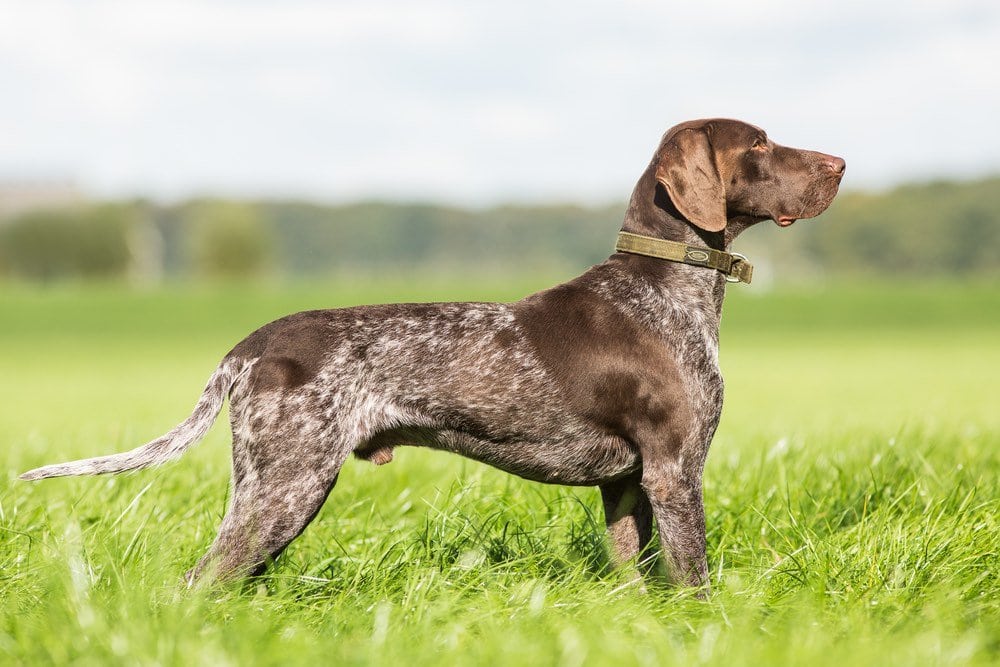
Much like the Bloodhound, the German Short Haired Pointer is often used by police agencies to track missing persons or as a cadaver dog. These non-aggressive and intelligent dogs are renowned for their keen sense of smell, which along with their desire to please their handler, makes the German Short Haired Pointer an easy dog to train and work with and an excellent police tracking dog.
9. Dutch Shepherd
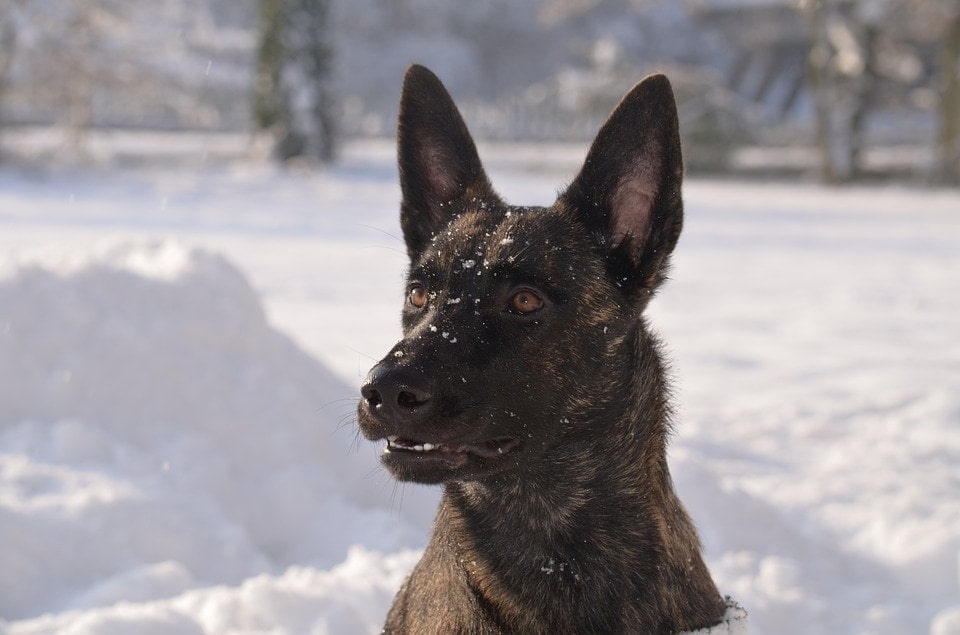
The Dutch Shepherd is another dog breed that is exceedingly popular with police agencies in Europe yet rarely seen in the U.S.
Reliable, intelligent, protective, and non-aggressive, the Dutch Shepherd can be an excellent patrol and detection dog. They’re quick learners, enthusiastic workers, and generally much easier to handle than both the German Shepherd and Belgian Malinois, making them more suitable for foot patrols through crowded narrow streets.
10. Doberman Pinscher
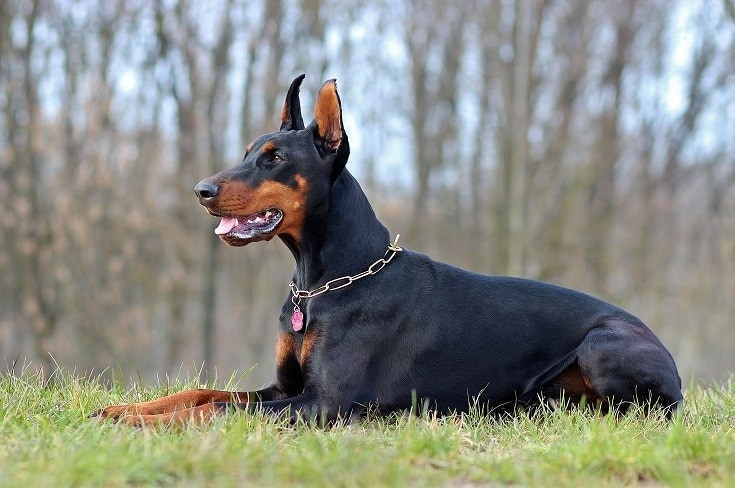
The Doberman Pinscher was once one of the most popular breeds of dog used for police work. However, over the last 50-60 years, their popularity has waned significantly, to the point where it’s now quite rare to find a police agency with a Doberman Pinscher in their K9 unit.
On face value, the intelligent, loyal, and imposing Doberman would seem to be an excellent choice of dog for police work. Yet, there is a reason that the Doberman has fallen out of favor over other dog breeds: Dobermans are independent thinkers.
Doberman Pinschers are excellent guard dogs. They can think independently, react appropriately to different situations, and modify their response to any given situation. But when they’re given a command, Dobermans will often stop and think for a moment about whether following the instruction is such a good idea. Now, this may sound like a useful trait, but in an emergency, such as when a dog handler orders their dog to take down an armed offender, a police dog need to react instantly, without any hesitation, as even the smallest delay can be the difference between life and death for the dog, their handler, or a member of the public.
Consequently, dogs like the German Shepherd and Belgian Malinois that will react instantly on command have grown in popularity as police dogs over the Doberman.
11. Bouvier des Flanders
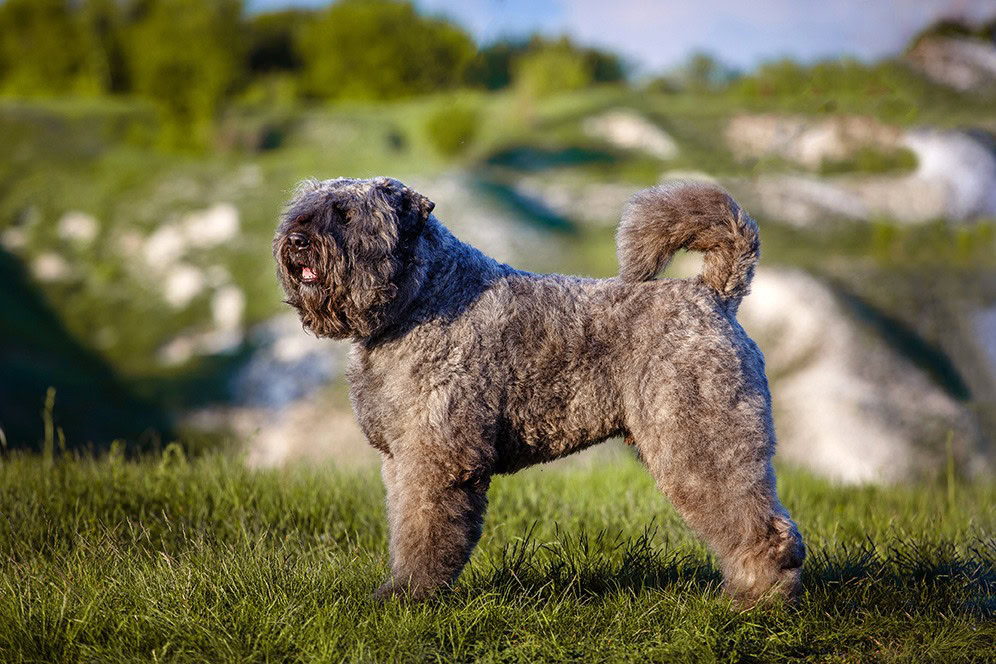
The Bouvier des Flanders is a large barrel-chested dog with a long tousle-coat that was first developed in Europe during the Middle Ages. At the time, the area known as Flanders sat on parts of what is now modern-day France, Belgium, and the Netherlands.
Originally bred as a cattle and general-purpose farm dog, the Bouvier des Flanders saw service with the Belgium army during World War I and following the war, was used as a police dog in some European countries. Today, they still serve as police and military dogs in Belgium, a country in which a Bouvier cannot be considered to hold the title of Champion unless the dog has also won a prize in a work competition as either a police or military dog.
Featured Image Credit: Pixabay

